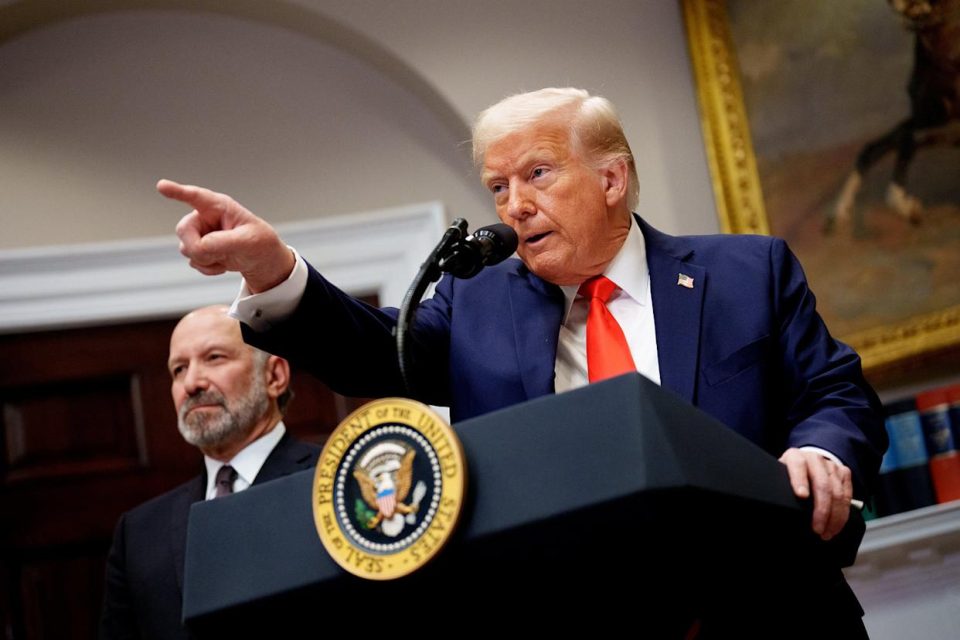President Donald Trump has indicated that the new tariffs set to be implemented on April 2, 2025, may be less severe than initially anticipated. This announcement has sent ripples through the business community and financial markets, as companies and investors brace for potential changes in the global trade landscape.
Trump, who has dubbed April 2 as “Liberation Day,” has been vocal about his plans to impose reciprocal tariffs on trading partners that he believes have been taking advantage of the United States. However, in a recent statement at the White House, the President suggested that not all of the proposed tariffs would be announced on that date, and hinted at the possibility of exemptions for certain countries.
“I have decided for purposes of fairness that I will charge a reciprocal tariff, meaning whatever countries charge the United States of America we will charge them, no more no less,” Trump stated as he signed the executive order. Despite this strong stance, he later added that the new tariffs would “probably be more lenient than reciprocal,” indicating a potential softening of his approach.
The White House is reportedly considering a more targeted strategy, focusing on what has been termed the “Dirty 15”, a group of nations that account for approximately 15% of countries with significant trade imbalances with the U.S. This narrower focus suggests that the administration may be responding to concerns about the broad economic impact of sweeping tariffs.
Financial markets have reacted positively to these developments, with U.S. stocks recovering some of the losses incurred in March. The prospect of a less aggressive tariff strategy has provided a glimmer of hope for businesses and investors who have been wary of a full-blown trade war.
However, experts warn that even a more limited implementation of tariffs could still have significant repercussions. “This will definitely represent an escalation,” noted a senior fellow at the Peterson Institute for International Economics specializing in trade policy. “We understand the trajectory, but not the extent of its impact.”
The potential tariffs are expected to target various sectors, including automobiles, pharmaceuticals, and semiconductor chips. While the exact details remain uncertain, the administration has made it clear that they are committed to addressing what they perceive as unfair trade practices by other nations.
In a related move, Trump has also announced a 25% secondary tariff on countries importing oil or gas from Venezuela, further complicating the global trade picture. This decision has led to an increase in oil prices and adds another layer of complexity to international trade relations.
As the April 2 deadline approaches, businesses and policymakers are closely monitoring the situation. The uncertainty surrounding the scope and implementation of these tariffs has created a challenging environment for companies trying to plan their international trade strategies.
While the President’s recent comments suggest a potential for more flexibility in the application of tariffs, the business community remains cautious. As one White House official warned, “The president is committed to enforcing strong reciprocal tariffs. People should prepare for that.”
As April 2 draws near, all eyes will be on the White House for further clarification on the extent and nature of these impending tariffs, which could reshape the landscape of global trade for years to come.

